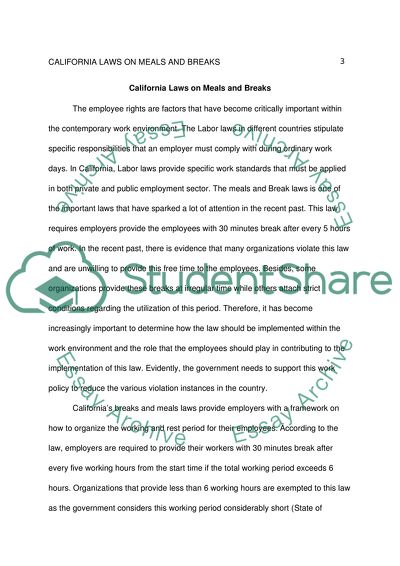Cite this document
(California Laws on Meals and Breaks Report Example | Topics and Well Written Essays - 2250 words, n.d.)
California Laws on Meals and Breaks Report Example | Topics and Well Written Essays - 2250 words. https://studentshare.org/social-science/1877216-the-california-labor-issue-meals-and-breaks
California Laws on Meals and Breaks Report Example | Topics and Well Written Essays - 2250 words. https://studentshare.org/social-science/1877216-the-california-labor-issue-meals-and-breaks
(California Laws on Meals and Breaks Report Example | Topics and Well Written Essays - 2250 Words)
California Laws on Meals and Breaks Report Example | Topics and Well Written Essays - 2250 Words. https://studentshare.org/social-science/1877216-the-california-labor-issue-meals-and-breaks.
California Laws on Meals and Breaks Report Example | Topics and Well Written Essays - 2250 Words. https://studentshare.org/social-science/1877216-the-california-labor-issue-meals-and-breaks.
“California Laws on Meals and Breaks Report Example | Topics and Well Written Essays - 2250 Words”. https://studentshare.org/social-science/1877216-the-california-labor-issue-meals-and-breaks.


